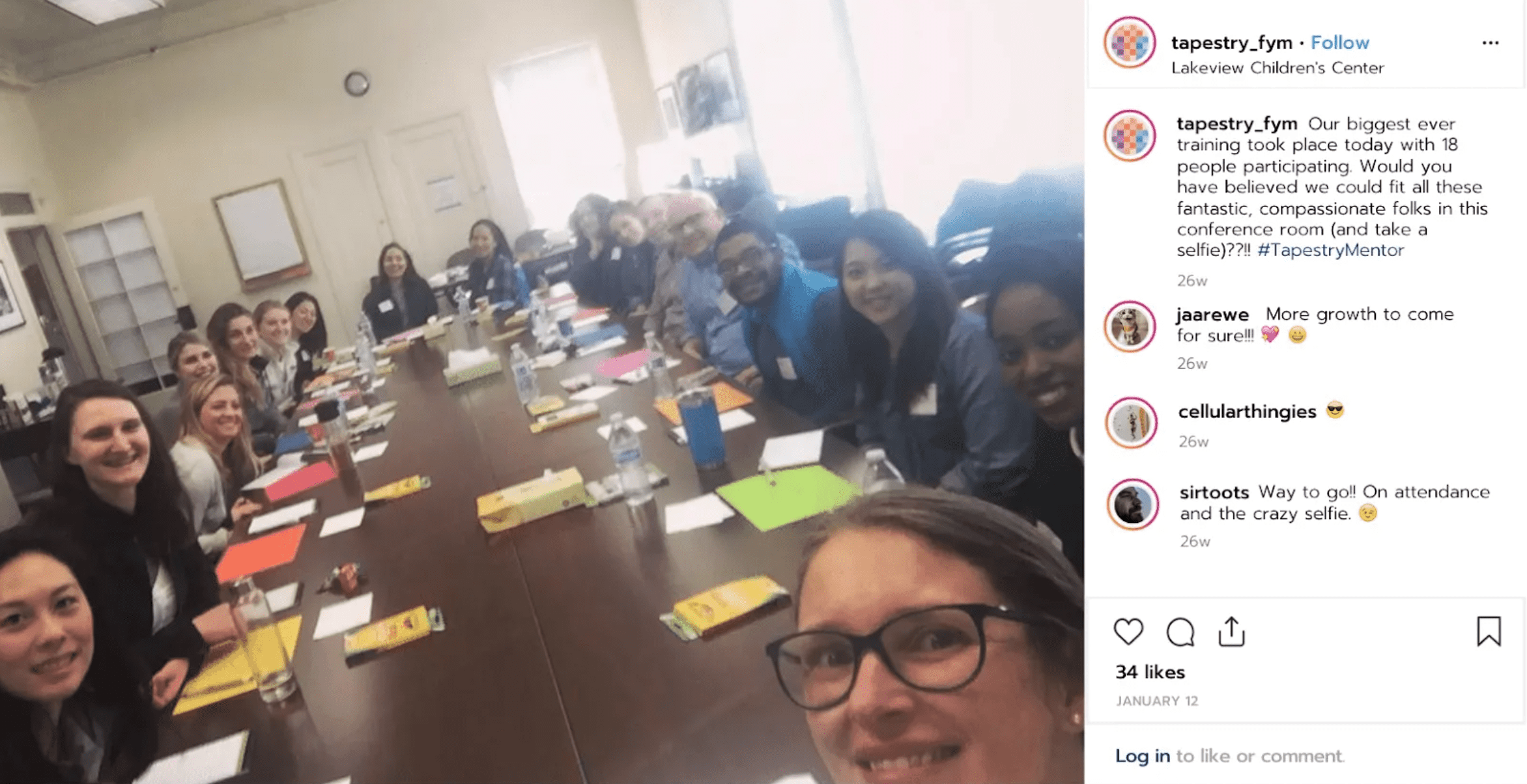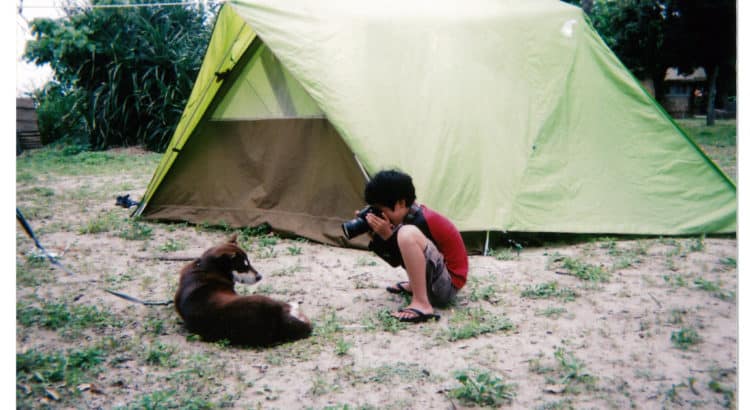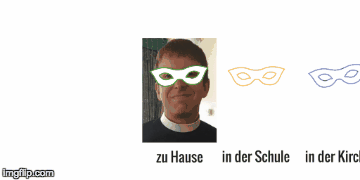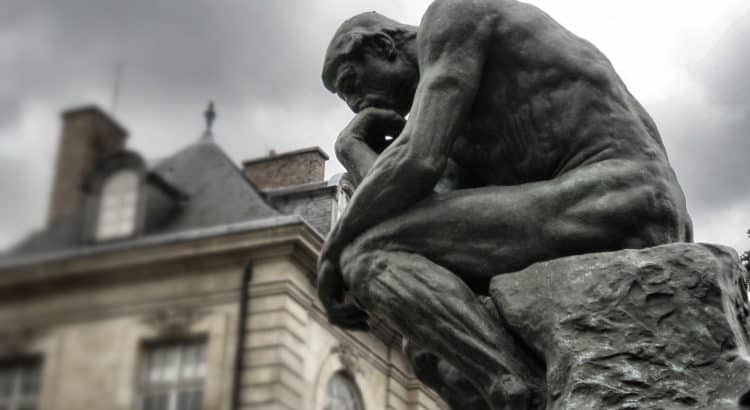This post is part of a series wherein I blog my way through studying for the doctoral certification exam in the Communication, Media, and Learning Technologies Design Program at Teachers College, Columbia University. Read the first post here.
Full disclosure: Amazon links in this post have my affiliate code built into them. If you follow one and purchase something, I’ll get a small commission. Thanks for supporting Learning, Faith & Media and my other work.
OK, as promised, I finally want to say a brief word about Cynthia Lewis and Elizabeth Birr Moje’s important 2003 piece “Sociocultural Perspectives Meet Critical Theories”, particularly how the authors treat identity, agency, and power. I’ll end with a few words relating this material back to my project in the making.
Their basic argument goes like this: Sociocultural theories of learning (situated cognition, activity theory, communities of practice, etc.—see my cognition overview) have an important flaw. They do a good job of capturing the richness of the immediate context (the social relationships of the group, or the structure of the activity itself, or the dynamics of moving from peripheral to full participation), and how that immediate context shapes individual actors and vice versa at the micro level.
But Lewis & Moje contend that these theories are less adept at handling how micro-level behavior carries and constitutes broader institutional forces and vice versa. So, yes, local literacies are important (see my discussion of New Literacy Studies), but they’re important precisely because they are a site of the negotiation and exercise of power frequently in conflict with wider (hegemonic) forces.
In other words, sociocultural theory needs a more complex critical consciousness, a view of power, agency, and identity (and discourse, and ideology, etc.) that works not just within the micro-level unit of analysis but also macro to micro and micro to macro. It needs to acknowledge that “power … is produced in and through individuals as they are constituted in larger systems of power and as they participate in and reproduce those systems” (p. 1980).
So, for example, they examine some teacher professional development activity transcripts (white teachers learning to thoughtfully read and incorporate multicultural literature in their classroom). They show how activity theory provides a useful framing for studying this group in action, but they bring in critical discourse analysis to better surface the ways the ideologies of the participants are at work in their interactions. This hybrid approach (hence, “Sociocultural Perspectives Meet Critical Theories”) helps us see the participants as partly denying (and thereby reinforcing) their white privilege and partly acknowledging it (to lay the foundation for its possible construction).
What all this has to do with identity and agency is this: taken on their own, these sociocultural theories run the risk of oversimplify our thinking about identity. These theories may not fall victim to the notion that identity is singular and fixed, but they can lead to an only slightly less naive idea (represented in some ways by Goffman and certainly by my “masks” GIF) that identity corresponds neatly to context.
Following Bakhtin, Stuart Hall, and others, the authors claim that identity “can be considered ‘an enactment of self made within particular activities and relationships that occur within particular spaces (geographic, social, electronic, mental, cultural) at particular points in time'” (1983). It’s always being negotiated, and that means the same activity might give rise to different performances or enactments depending on the other factors at play in that activity in that moment.
This leads to an understanding of agency that grapples with both the potentialities and the limitations involved in an individual’s exercise of power: “Agency, then, can be thought of as the strategic making and remaking of selves; identities; activities; relationships; cultural tools and resources; histories. Agentic acts can also remake relations of power, although we want to assert that acts can be agentic even when they do not remake large-scale structural relations” (p. 1985, emphasis added).
I need to wrap up here (some exciting work to finish for tomorrow …), but a few comments on why all this theory matters to a research program in digital storytelling:
- Digital storytelling gives participants the opportunity, to some extent, to break the spatial, temporal, and other contextual boundaries that necessarily frame any shared activity. If you’re telling stories about your life, you’re constantly referencing other times and places, other relationships, other activities, and bringing the meanings of those memories to bear on the learning taking place in your more immediate surroundings. The activity itself brings to the surface the identity negotiation by crashing other life and learning contexts into the context of the digital storytelling workshop.
- Another interesting methodological possibility (one I plan to write about more in future posts) is the idea of making that boundary crossing even more explicit by doing the research in two parts: first doing the story circle workshop together, then reflecting back in a different mode and context to further discuss the meanings brought to the fore. First make the media, then take a step back and interpret the media. (Spoiler alert: I’m trying to work in podcasting as a second mode of participatory ethnographic sense-making between researcher and participants—there could even be the possibility of some podcast stories comprising part of the dissertation proper.)
- Speaking of making media, the emphasis I added to the quotation above about agency as the strategic “making and remaking of selves” points out something I think is especially powerful about digital storytelling. The strategic choices one makes in choosing “the moment,” writing the script, “seeing” and “hearing” the story through visuals and music, etc.—these decisions make explicit in the storytelling process the decisions we implicitly make every day as we enact our identities. That’s why Lambert and his colleagues consider StoryCenter both an arts organization and a site for (therapeutic, almost) identity work, which is what they identify explicitly as the stakes of their mission.











